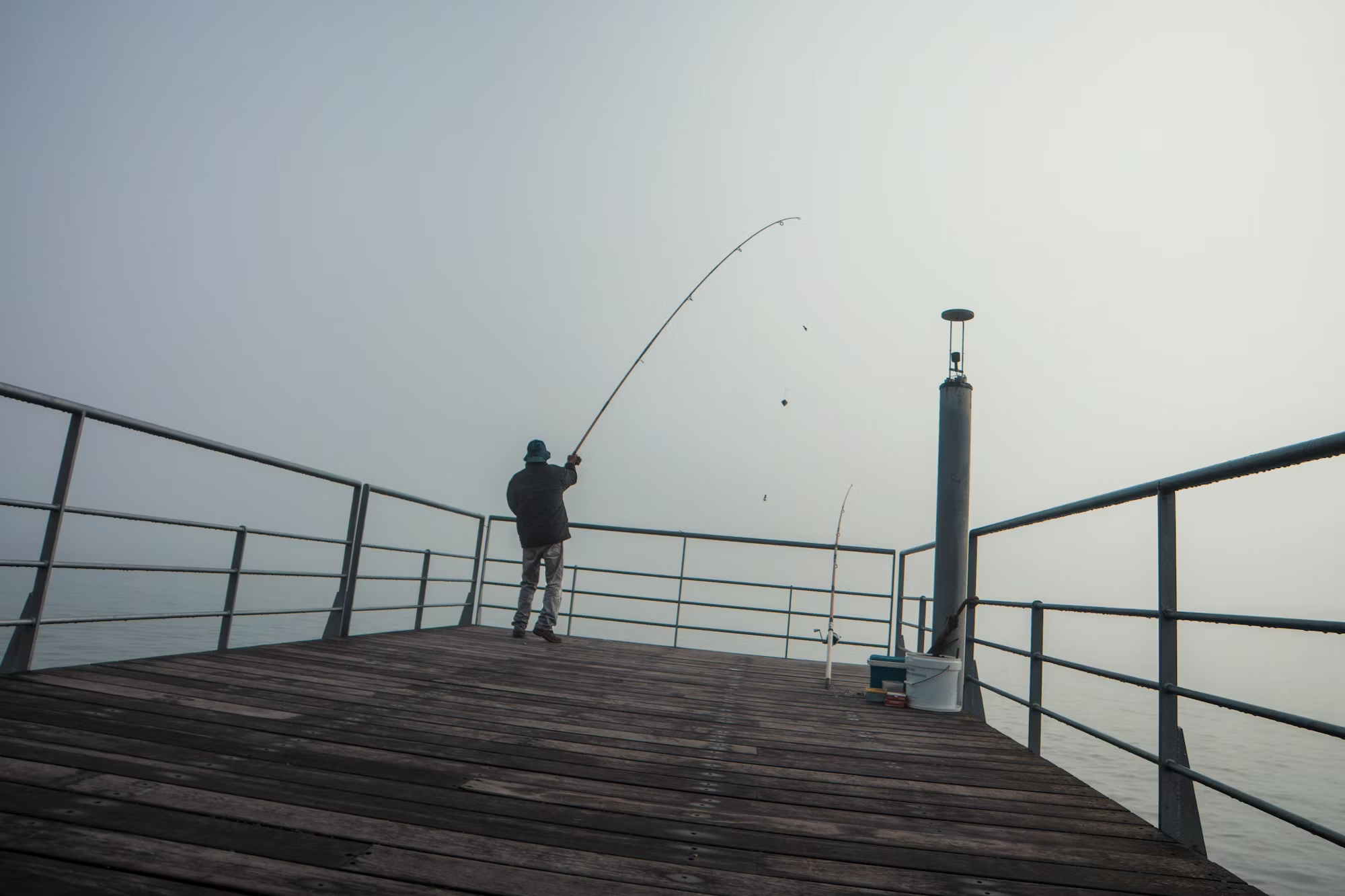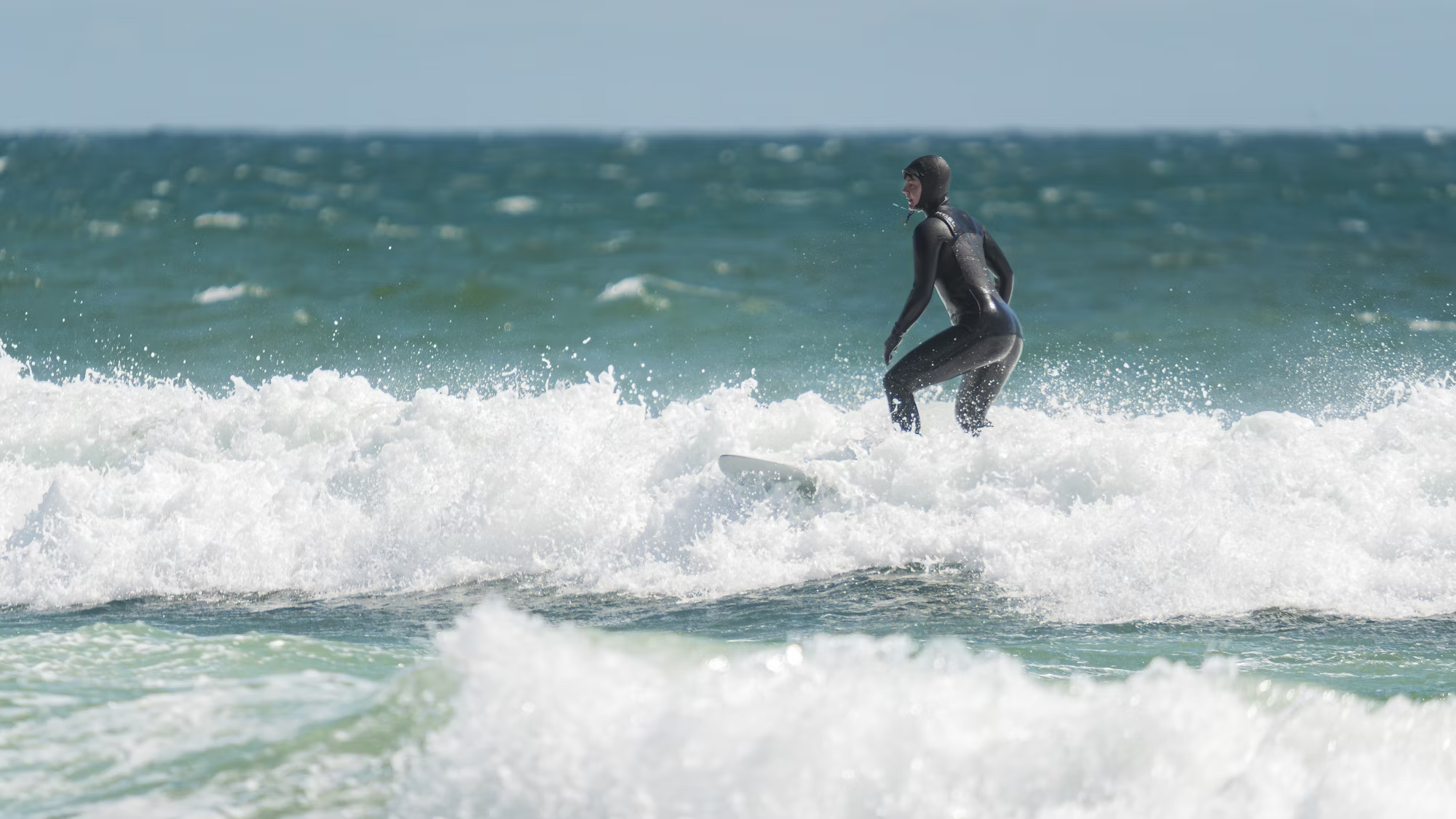Fishing is a timeless pursuit that not only provides relaxation but also fosters a deeper connection with nature. Whether you are a novice angler or a seasoned fisherman, understanding the various fishing techniques can significantly enhance your experience on the water. This article will explore a range of fishing methods, including angling, fly fishing, and trolling, while providing practical tips and insights to help you become a more effective angler.
Understanding Fishing Techniques
Fishing techniques vary widely depending on the species you’re targeting, the environment, and your personal preferences. By familiarizing yourself with different methods, you can adapt your approach to increase your chances of success. Below, we delve into several popular fishing techniques and how to maximize your effectiveness with each.
Angling: The Classic Approach
Angling is one of the most traditional and widely recognized fishing methods, utilizing a rod, reel, and bait to catch fish. This method is highly adaptable, making it suitable for various environments, from freshwater lakes to saltwater coasts.
Choosing the Right Equipment
Selecting the appropriate gear is crucial for successful angling. A medium-action spinning rod paired with a spinning reel is an excellent choice for beginners. This setup provides the versatility needed to target different species effectively. Consider the specific conditions of your fishing location, such as water depth and current, when selecting your tackle and bait.
Bait Selection for Success
Bait selection can greatly impact your fishing success. Live bait, such as worms or minnows, is often more enticing to fish, while artificial lures can effectively mimic the movement of prey. Experimenting with various types of bait can help you determine what works best for the local fish species. Remember that fish behavior can change throughout the day, so be ready to adapt your bait choices accordingly.
Fly Fishing: A Unique Craft
Fly fishing is a specialized technique that uses artificial flies to attract fish. This method is particularly popular in freshwater settings, where anglers can enjoy the serene beauty of rivers and streams while honing their skills.
Perfecting the Cast
Mastering the cast is essential in fly fishing. The double haul technique can significantly improve your casting distance and accuracy. Practicing your casting skills on land can help build muscle memory, making it easier to perform on the water. Additionally, learning to read the water—identifying where fish are likely to be feeding—can enhance your success.
Matching the Hatch
In fly fishing, matching the hatch refers to the practice of selecting flies that imitate the insects fish are feeding on. Observing the local insect life and adapting your fly choice accordingly can lead to more successful outings. The more accurately you can replicate the natural food sources, the higher your chances of enticing a catch.
Trolling: Covering More Ground
Trolling is a dynamic fishing technique that involves dragging baited lines behind a moving boat. This method allows anglers to cover vast areas of water, making it particularly effective for targeting species like salmon and tuna.
Setting Up Your Tackle
To be successful at trolling, it’s essential to set up your tackle correctly. Utilize multiple lines at varying depths to maximize your coverage. Choose bait that matches the species you’re targeting, whether it’s live bait or artificial lures. Adjusting your trolling speed can also influence how fish respond, so don’t hesitate to experiment to find the optimal pace.
Navigating Your Fishing Grounds
Familiarizing yourself with the waters you’re fishing can significantly enhance your trolling success. Using maps, sonar, or GPS technology can help identify underwater structures where fish are likely to congregate. This knowledge allows you to position your boat strategically, increasing your chances of a successful outing.
Ice Fishing: A Winter Experience
Ice fishing provides a unique way to enjoy the sport during the colder months. This technique involves fishing through holes drilled in frozen lakes, offering a different set of challenges and rewards.
Essential Gear for Ice Fishing
When preparing for an ice fishing trip, having the right gear is vital. A quality ice auger is necessary for drilling holes, while insulated shelters can provide comfort and warmth. Specialized ice fishing rods and reels are designed to perform well in cold conditions, enhancing your overall experience.
Effective Baiting Techniques
For ice fishing, live bait such as minnows or wax worms is often effective. Many anglers also use jigs and other artificial lures to attract fish. Experimenting with different colors, sizes, and depths can help you discover what works best in the icy waters.
Kayak Fishing: A Closer Connection
Kayak fishing has grown in popularity as a way to access remote fishing locations. This method combines the thrill of paddling with the excitement of fishing, allowing anglers to experience nature up close.
Selecting the Right Kayak
Choosing a stable kayak designed for fishing is essential for a successful outing. Look for kayaks with features such as rod holders and storage compartments for your gear. Stability is particularly important, especially when reeling in larger fish, so ensure your kayak is appropriate for the fishing conditions you anticipate.
Techniques for Success
When fishing from a kayak, stealth is key. Paddling quietly and avoiding sudden movements can prevent scaring away fish. Utilizing a fish finder can also enhance your chances of success by allowing you to locate fish more easily. Planning your route and strategy before launching can significantly improve your fishing experience.
Night Fishing: A Different Perspective
Night fishing offers a unique experience, as many fish species are more active after dark. This method allows anglers to enjoy a tranquil environment while pursuing their favorite catches.
Safety Considerations
When fishing at night, safety should always be your priority. Ensure your boat or fishing area is well-lit, and wear clothing that enhances your visibility. Having a reliable flashlight and emergency supplies can improve your safety during nighttime excursions.
Lure Choices for Night Fishing
Brightly colored or illuminated lures can attract fish in low-light conditions. Experimenting with different retrieval techniques can yield positive results, as fish often exhibit different behaviors at night. Adjusting your approach based on the time of day can lead to more successful fishing outings.
Conclusion
Fishing is a diverse and rewarding sport that offers various techniques and opportunities for adventure. By understanding methods such as angling, fly fishing, trolling, ice fishing, kayak fishing, and night fishing, you can tailor your approach to suit your preferences and local conditions. With patience, practice, and a willingness to learn, you can enhance your skills and enjoy the many rewards that fishing has to offer. Embrace the journey, connect with nature, and let your fishing adventures thrive.





